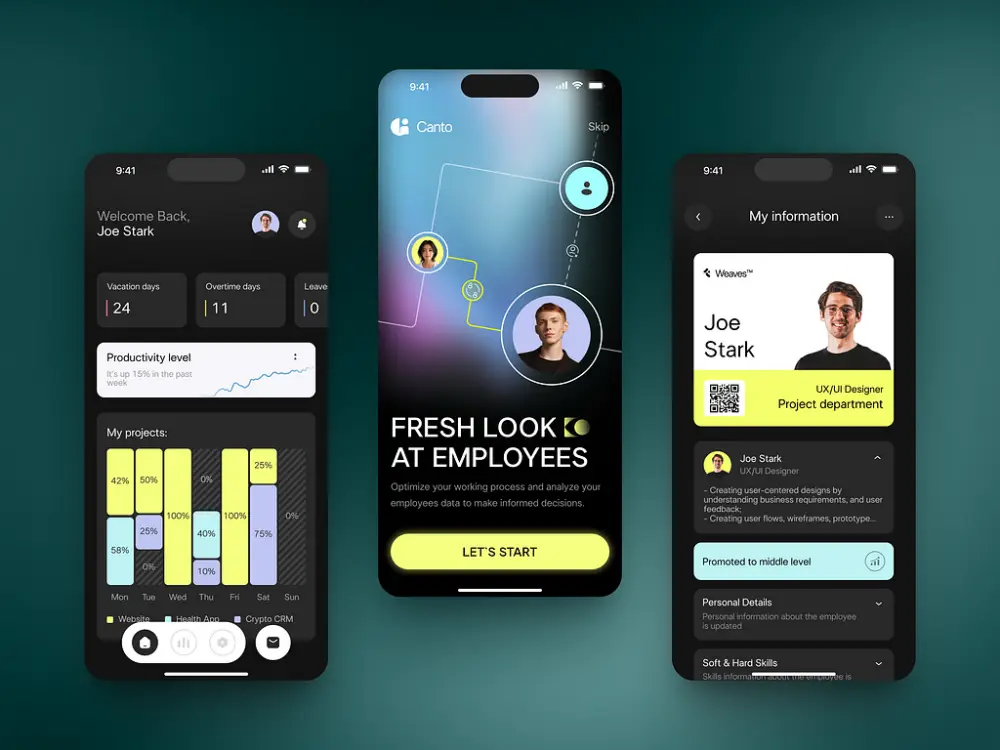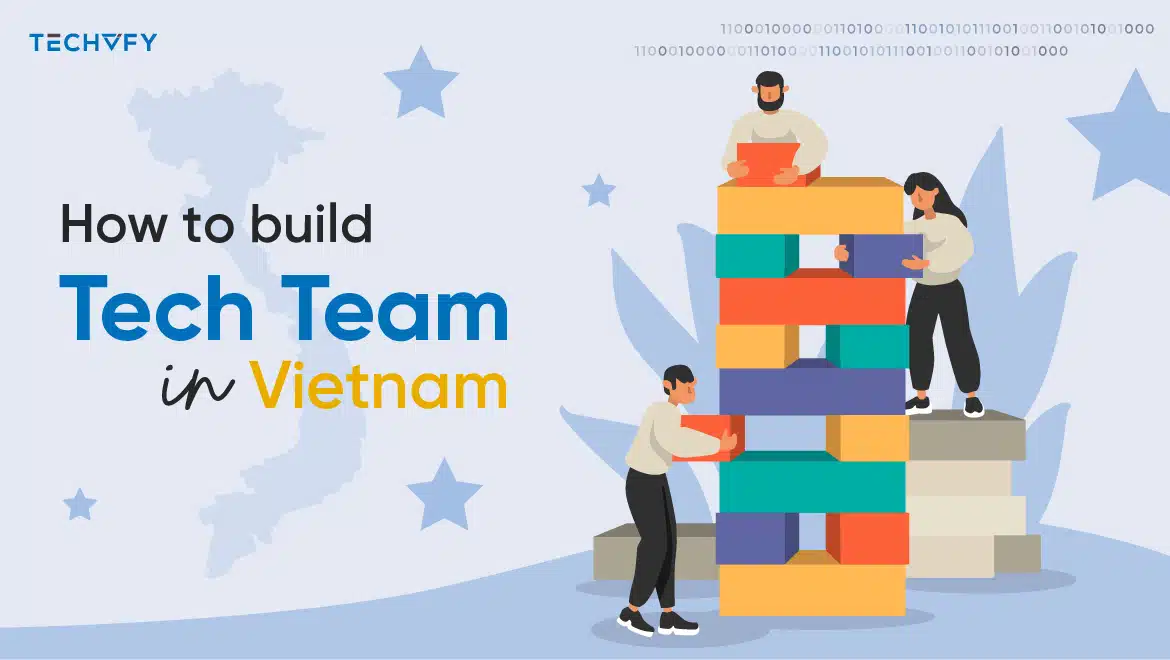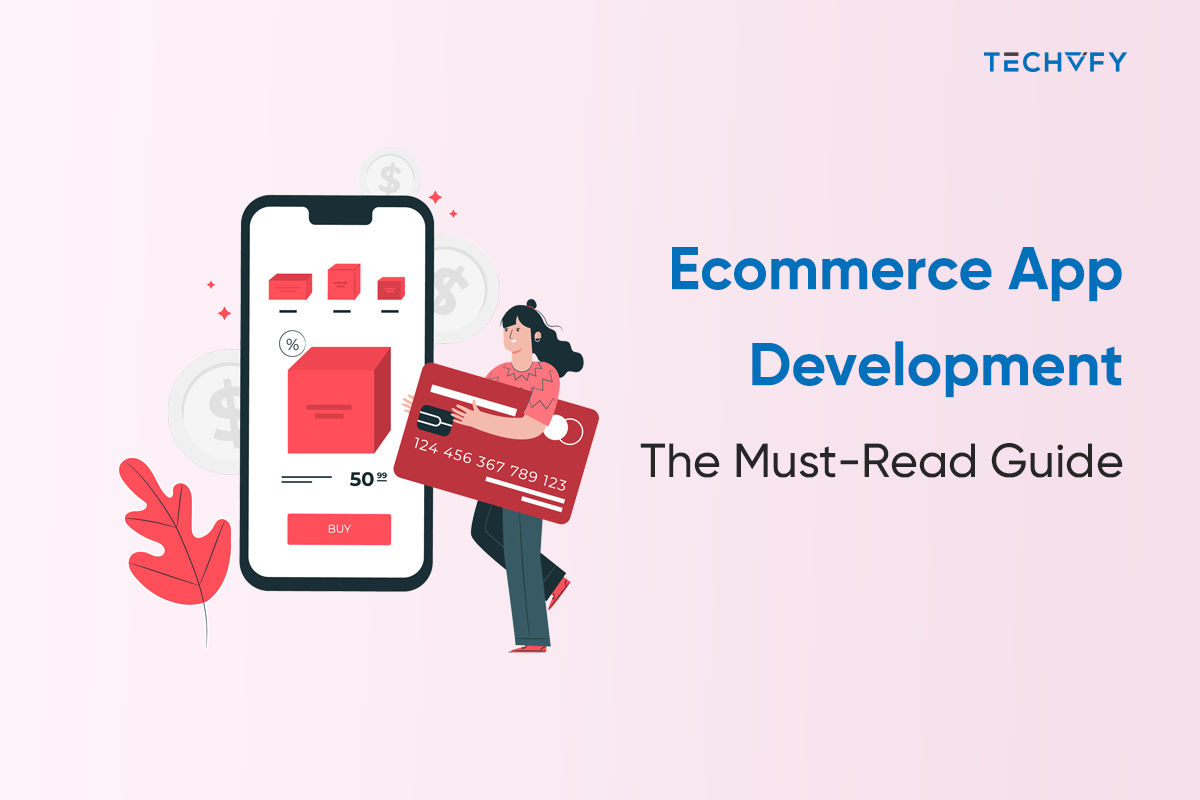How To Validate App Idea Successfully For Development
- TECHVIFY Team
- 0 Comments
Bringing a new app idea to life can feel like embarking on an exhilarating adventure. The spark of inspiration is just the beginning; transforming that spark into a successful app requires careful planning and validation. Whether you’re a seasoned entrepreneur or a first-time innovator, understanding how to validate your app idea can save you time, money, and a lot of headaches. It’s the crucial first step to ensure your app resonates with your target audience.
As the leading app development company in Vietnam, TECHVIFY has seen countless ideas evolve into successful products. The most successful apps share a common trait: they all started with thorough validation. This process involves market research, competitive analysis, and gathering feedback from real users to refine and perfect the idea before any development work begins. We believe that a validated idea lays the foundation for an app that truly stands out in the market.
Ready to turn your app idea into a reality? Join us as we share expert tips and proven strategies to help you validate your app idea effectively. At TECHVIFY, we’re passionate about helping innovators like you bring their visions to life. Let’s get started!
1. Current State of the App Development Market
The mobile application market is experiencing rapid growth, driven by increased smartphone penetration, rising internet usage, and advancements in technologies like artificial intelligence (AI) and machine learning (ML). Apple’s famous trademark, “There’s an app for that,” encapsulates the vast and diverse landscape of mobile applications available today.
1.1. Market Size and Growth
- The global mobile application market size was valued at USD 228.98 billion in 2023 and is projected to grow at a compound annual growth rate (CAGR) of 14.3% from 2024 to 2030. (Source: Grand View Research)
- Key growth drivers include the ubiquity of smartphones, increased internet penetration, and the integration of AI and ML in mobile apps.
1.2. Key Market Segments
- Gaming Applications: Held the largest revenue share of over 34.0% in 2023. The segment is expected to continue its dominance due to the rising gaming population.
- Music and Entertainment Applications: Projected to exhibit a significant CAGR of around 14.9% from 2024 to 2030.
1.3. Regional Insights
- Asia Pacific: Dominated the market with over 32.0% revenue share in 2023. Factors like increasing smartphone penetration, internet access, and a growing middle class fuel app usage in the region.
- North America: Strong in-app consumer spending and high smartphone penetration contribute to a significant market share.
1.4. Store Type Insights
- Apple Store: Led the market, accounting for more than 62.0% of the global revenue share in 2023. iOS apps have a higher monetization rate for in-app purchases and premium apps.
- Google Play Store: Accounted for the highest number of downloads in 2023 and is anticipated to continue its dominance.
1.5. Impact of COVID-19
- The pandemic significantly boosted downloads for social media, gaming, and entertainment applications. The demand for e-commerce, healthcare, and educational apps also witnessed strong growth.
The mobile application market continues to evolve rapidly, with technological advancements and increasing consumer demand driving its expansion.
2. The Seven Steps to Mobile App Success
Turning an app idea into a successful product involves a series of well-defined steps. Each step is crucial for ensuring that the final product meets market needs and performs efficiently. Below is an outline of these steps, starting from concept ideation to performance evaluation.
2.1. Ideation: Unearthing Your App Concept
The journey begins with ideation, where the primary goal is to identify a unique and valuable app concept. This step involves brainstorming and creativity to generate ideas that address a specific problem or fulfill a particular need. Consider the following during the ideation phase:
- Identify Pain Points: Look for problems that potential users face in their daily lives and think about how an app could solve these issues.
- Consider Trends: Keep an eye on current market trends and emerging technologies that could inspire innovative app ideas.
- Leverage Personal Experience: Sometimes the best app ideas come from personal experiences or challenges you have faced.
- Monitor App Stores Thoroughly: Regularly check app stores like the Apple App Store and Google Play Store to see which apps are trending, what features are popular, and where there might be gaps in the market.
- Explore Beyond App Stores: Visit app review and listing websites to discover emerging apps and gather insights into user feedback and unmet needs.
- Attend Meetups and Networking Events: Engage with the tech community by attending industry meetups, conferences, and networking events. These gatherings can provide valuable insights and inspiration for new app ideas.
- Check Who is Getting Funded: Stay informed about recent funding rounds in the tech industry. Understanding which types of apps and startups are attracting investment can help you identify promising areas for innovation.
2.2. Feasibility Study: Assessing Potential
Once you have a promising app idea, the next step is to evaluate its feasibility. This involves a detailed assessment to determine whether your idea is practical and viable. Key considerations include:
- Technical Feasibility: Assess whether the current technology stack can support your app idea. Determine if the required technology is available and within your budget.
- Financial Feasibility: Estimate the costs involved in developing, launching, and maintaining the app. Consider the potential revenue streams and whether they can cover the costs and yield a profit.
- Resource Availability: Identify the resources needed, including skilled developers, designers, and marketing professionals. Ensure that you have or can acquire the necessary talent to execute the project.
- Legal Feasibility: Check for any legal or regulatory issues that might affect your app. Ensure that your app complies with data protection laws, intellectual property rights, and other relevant regulations.
- Time Feasibility: Estimate the time required to develop and launch the app. Ensure that the timeline aligns with market demands and opportunities.
2.3. Market Validation: Confirming Interest
Market validation is about confirming that there is a genuine demand for your app. This step reduces the risk of investing in an idea that may not have a market. Key strategies include:
- Conduct Market Research: Analyze industry reports, competitor apps, and market trends to understand the landscape and identify opportunities. This helps in assessing the potential demand and positioning of your app.
- Target Audience Interviews: Engage directly with your potential users through interviews. Gather insights into their needs, preferences, and pain points to ensure your app idea resonates with them.
- Surveys and Questionnaires: Use online surveys and questionnaires to collect feedback from a broader audience. This data can provide valuable insights into the demand for your app and areas for improvement.
Let’s talk
A consultation with the Client Relationship Manager, who represents TECHVIFY, without any commitment from your side, will give you:
- Structured and clear vision of your future application
- Information about how our software development company guarantees 100% on-time and on-budget delivery
- Recommendations for choosing the tech stack
- Advice on further steps
- Business-side recommendations
- Rough project estimation on software development
TECHVIFY is right where you need. Contact us now for further consultation:
2.4. Minimum Viable Product (MVP): Building the Foundation
Creating a Minimum Viable Product (MVP) involves developing a simplified version of your app that includes only the essential features. The goal is to quickly launch a product to market, gather user feedback, and make iterative improvements. Key steps include:
- Identify Core Features: Determine the most critical features that address the primary problem your app aims to solve. Focus on functionality that delivers the most value to users.
- Develop Quickly: Use agile development methodologies to build and release the MVP as swiftly as possible. The emphasis should be on speed and efficiency.
- Gather Feedback: Once the MVP is launched, actively collect user feedback. Use this information to make data-driven decisions for future enhancements and iterations.
2.5. Digital Mockup: Visualizing the Solution
Creating a digital mockup helps visualize the look and feel of your app before actual development begins. This step involves designing user interfaces and experiences to refine the app’s visual and interactive elements. Important aspects include:
- Wireframing: Start with wireframes to outline the basic structure and layout of your app. This helps in understanding user flow and interface elements.
- High-Fidelity Mockups: Develop detailed mockups that reflect the final design, including colors, typography, and graphics. These mockups provide a realistic preview of the app.
- User Testing: Conduct usability testing with potential users to identify any design flaws or areas for improvement. This feedback is crucial for creating an intuitive and user-friendly interface.
2.6. Design Iteration: Refining the Aesthetics
Once the initial mockups are created, the next step is to refine the design through iterative improvements. This process ensures that the app’s aesthetics and user experience are polished and optimized. Key activities include:
- Feedback Integration: Incorporate feedback from usability testing and user reviews to enhance the design. Focus on resolving pain points and improving the overall user journey.
- Consistency and Branding: Ensure that the design elements are consistent throughout the app and align with your brand identity. This includes maintaining a uniform color scheme, typography, and iconography.
- Prototyping: Develop interactive prototypes to simulate the app’s functionality. This allows for a more comprehensive evaluation of the user experience and helps in identifying areas for further refinement.
2.7. Performance Evaluation: Ensuring Efficiency
The final step before launching your app is to evaluate its performance to ensure it runs efficiently and meets user expectations. This involves rigorous testing and optimization. Important steps include:
- Performance Testing: Conduct tests to assess the app’s speed, responsiveness, and stability. Identify and resolve any issues related to load times, crashes, or glitches.
- User Testing: Perform beta testing with a group of real users to gather feedback on the app’s performance in real-world conditions. This helps in identifying any last-minute issues that need fixing.
- Optimization: Optimize the app’s code and resources to improve performance. This includes reducing load times, optimizing images and assets, and ensuring efficient memory usage.
You can measure the performance of your app by reviewing various key performance indicators (KPIs). The KPIs generally depend on the type of your mobile app, revenue model, target audience, and other factors. Brands use many metrics to measure the success rate of their apps, such as:
- User Satisfaction: Gauge user satisfaction through ratings, reviews, and customer feedback.
- Hours of App Usage per Month: Track how much time users spend on your app to understand engagement levels.
- Customer Retention Rate: Measure the percentage of users who continue to use your app over time.
- Number of Active Users: Monitor the number of users actively engaging with your app on a daily, weekly, or monthly basis.
- Average Revenue per User (ARPU): Calculate the revenue generated per user to assess the financial performance of your app.
By thoroughly iterating on the design and evaluating the app’s performance through these KPIs, you can ensure that the final product is both aesthetically pleasing and functionally robust, ready for a successful launch.
3. Best Approaches to Check the Viability of Your App Idea
Ensuring that your app idea is viable before investing significant time and resources is crucial. There are several approaches to validate your concept, each offering different insights and levels of validation.
3.1. Proof of Concept (POC)
A Proof of Concept (POC) is a small-scale version of your app designed to demonstrate its technical feasibility. The primary goal is to validate whether the app’s core functionalities can be successfully implemented. This involves focusing on the critical features that define your app’s purpose and building a basic, functional version of these features. Creating a POC helps identify potential technical challenges early on, providing a clearer understanding of the requirements to bring your idea to life.
A successful POC can help secure stakeholder buy-in or additional investment by showcasing that the fundamental technology and features of your app are viable. This early demonstration reduces risks, provides a foundation for further development, and is crucial for gaining support and resources needed for full-scale development.
3.2. Mobile App Prototype
A mobile app prototype is a more detailed and interactive version of your app compared to a POC, focusing on user experience and interface design. It provides a visual and functional representation of how the app will look and operate, including clickable interfaces that simulate user interactions. This allows you to test design concepts and gather user feedback before actual development begins.
Prototypes are valuable for uncovering usability issues and ensuring that the final product is user-friendly. They are also effective for engaging stakeholders and potential investors by offering a tangible representation of the app’s potential. Developing a prototype helps bridge the gap between concept and development, ensuring a smooth transition to the development phase while refining the app’s design based on real user input.
3.3. Minimum Viable Product (MVP)
A Minimum Viable Product (MVP) is a simplified version of your app that includes only the essential features needed to solve the core problem for your users. The goal of an MVP is to launch quickly and start gathering user feedback to guide future development. Unlike a prototype, an MVP is a working product that users can interact with in real-world scenarios, allowing you to validate your app idea in the market.
Releasing an MVP helps identify which features are most valuable to users and guides prioritization for further development. It provides an opportunity to test your app’s market fit and performance, offering insights into user behavior and preferences. This data-driven approach ensures that subsequent updates and enhancements are aligned with user needs, ultimately leading to a more successful and user-centric product.
TECHVIFY – Global AI & Software Solutions Company
For MVPs and Market Leaders: TECHVIFY prioritizes results, not just deliverables. Reduce time to market & see ROI early with high-performing Teams & Software Solutions.
- Email: [email protected]
- Phone: (+84)24.77762.666






